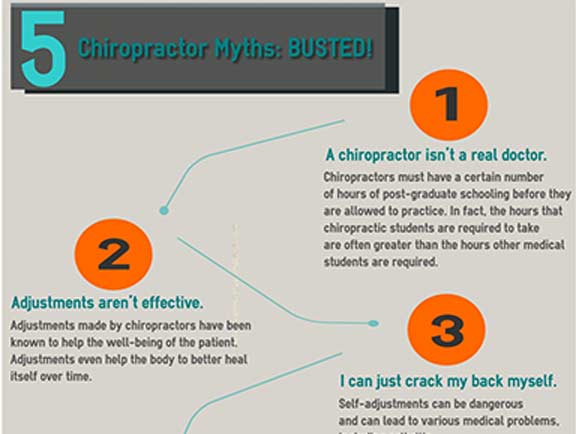Address Back Pain By Recognizing The Day-To-Day Routines That Might Be Contributing To It; Minor Changes Can Lead The Way To A Life Without Discomfort
Address Back Pain By Recognizing The Day-To-Day Routines That Might Be Contributing To It; Minor Changes Can Lead The Way To A Life Without Discomfort
Blog Article
Material Create By-Cates Landry
Preserving proper pose and preventing usual challenges in daily tasks can considerably impact your back wellness. From how you sit at your workdesk to exactly how you raise hefty items, little adjustments can make a big difference. Imagine a day without the nagging back pain that prevents your every relocation; the service may be less complex than you believe. By making a couple of tweaks to your daily habits, you could be on your means to a pain-free presence.
Poor Pose and Sedentary Lifestyle
Poor posture and a less active way of life are two major contributors to pain in the back. When you slouch or hunch over while resting or standing, you placed unneeded pressure on your back muscle mass and back. This can lead to muscle imbalances, stress, and ultimately, persistent neck and back pain. Furthermore, sitting for extended periods without breaks or exercise can weaken your back muscles and bring about rigidity and pain.
To combat bad position, make a mindful initiative to sit and stand straight with your shoulders back and straightened with your ears. Bear in mind to maintain your feet level on the ground and avoid crossing your legs for extended durations.
Incorporating routine extending and enhancing exercises into your everyday routine can additionally aid enhance your pose and relieve neck and back pain associated with a sedentary way of life.
Incorrect Training Techniques
Improper lifting methods can dramatically add to neck and back pain and injuries. When you raise heavy objects, bear in mind to flex your knees and use your legs to raise, instead of relying upon your back muscles. Prevent twisting your body while lifting and keep the things close to your body to lower strain on your back. It's crucial to maintain a straight back and prevent rounding your shoulders while lifting to stop unneeded pressure on your spine.
Constantly evaluate the weight of the object before raising it. If it's also heavy, ask for aid or usage tools like a dolly or cart to transport it securely.
Bear in mind to take breaks throughout lifting jobs to give your back muscle mass a possibility to rest and stop overexertion. By implementing proper lifting strategies, you can prevent pain in the back and reduce the threat of injuries, ensuring your back remains healthy and solid for the long term.
Lack of Regular Exercise and Extending
An inactive lifestyle lacking regular exercise and extending can dramatically add to pain in the back and pain. When you don't participate in exercise, your muscle mass end up being weak and stringent, leading to poor stance and raised strain on your back. Normal exercise helps reinforce the muscles that sustain your spine, improving stability and reducing the risk of pain in the back. Including stretching right into your routine can additionally improve flexibility, protecting against stiffness and pain in your back muscular tissues.
To stay clear of pain in the back brought on by an absence of exercise and stretching, aim for at least half an hour of moderate physical activity most days of the week. Consist of dianne capone austin that target your core muscle mass, as a solid core can help relieve stress on your back.
Additionally, take breaks to extend and relocate throughout the day, particularly if you have a workdesk job. Straightforward stretches like touching your toes or doing shoulder rolls can assist soothe stress and avoid back pain. Focusing on normal exercise and stretching can go a long way in keeping a healthy back and minimizing discomfort.
Verdict
So, remember to stay up directly, lift with your legs, and remain active to avoid back pain. By making simple modifications to your daily habits, you can prevent the discomfort and constraints that come with pain in the back. Take care of your spine and muscle mass by exercising excellent pose, correct training strategies, and normal workout. Your back will thank you for it!
